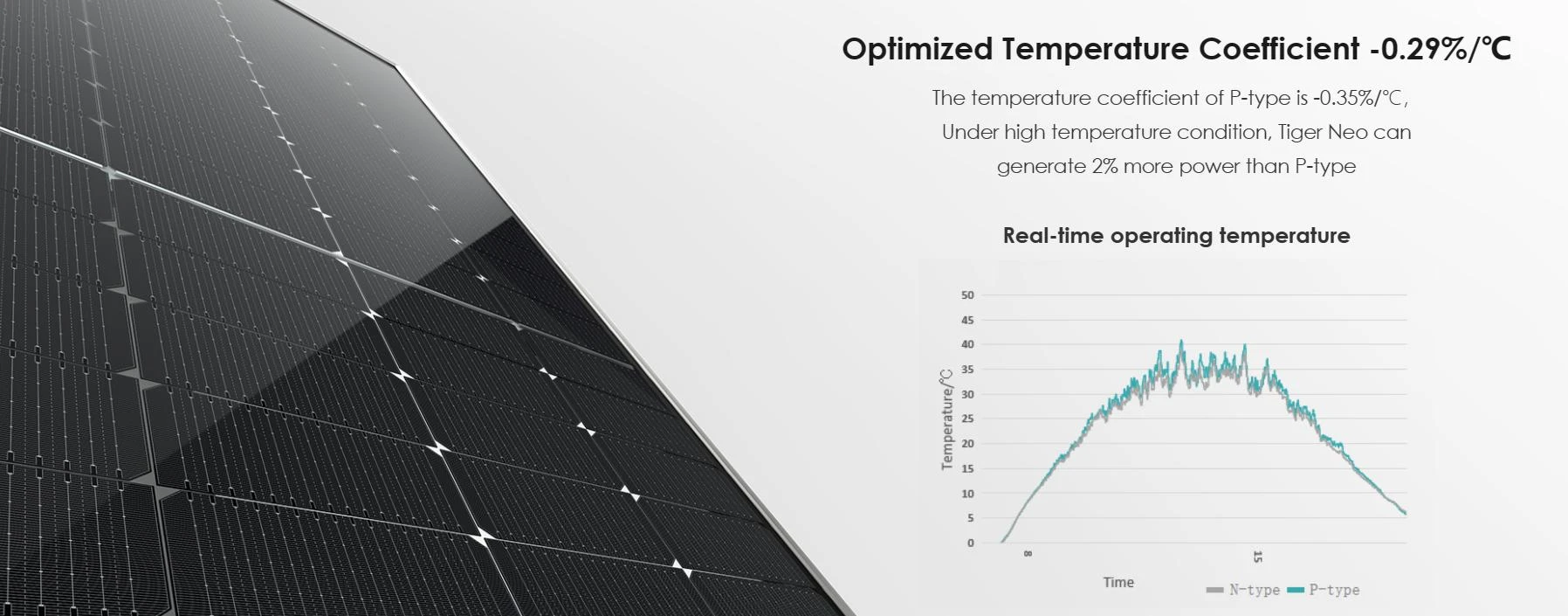bifacial mono perc solar panels
The Advancements and Benefits of Bifacial Mono PERC Solar Panels
In recent years, solar energy has emerged as a leading source of renewable energy, largely due to the advancements in technology that have enhanced the efficiency and cost-effectiveness of solar panels. One significant innovation in this field is the bifacial mono PERC (Passivated Emitter and Rear Cell) solar panel, which combines cutting-edge designs and materials to capture more sunlight and generate electricity more efficiently than traditional panels.
Understanding Bifacial Mono PERC Technology
Bifacial solar panels are designed to absorb sunlight from both their front and rear surfaces. While conventional solar panels typically utilize a single-layer design where only the front side collects sunlight, bifacial panels employ a double-sided configuration. This allows them to harness reflected sunlight from the ground and nearby surfaces, effectively increasing their overall energy output. The term mono refers to monocrystalline silicon, which is known for its high efficiency and performance compared to polycrystalline silicon.
The PERC technology enhances the traditional solar cell design by adding a passivation layer on the rear side of the cell. This layer reduces electron recombination, allowing more electrons to flow freely and be converted into usable electric power. Consequently, bifacial mono PERC solar panels offer improved efficiency, often exceeding 20%, which is significantly higher than many conventional solar modules.
Key Benefits of Bifacial Mono PERC Solar Panels
1. Increased Energy Generation One of the principal advantages of bifacial mono PERC panels is their ability to generate more energy. Studies have shown that these panels can produce 10% to 30% more electricity than their monofacial counterparts, particularly in areas with high albedo, or reflective surfaces, such as snowy regions or light-colored concrete.
bifacial mono perc solar panels

2. Higher Efficiency and Longevity The combined technologies of bifacial and PERC result in a highly efficient solar panel with a longer lifespan. Monocrystalline cells are known for their durability, and when paired with PERC technology, these panels can deliver consistent performance over many years.
3. Versatile Installation Options Bifacial solar panels can be mounted in various configurations, including fixed tilt, tracking systems, or on roofs where the ground below allows for light reflection. This flexibility allows for diverse applications and can optimize energy collection based on the surrounding environment.
4. Lower Levelized Cost of Energy (LCOE) Due to their higher energy output and efficiency, bifacial mono PERC solar panels can lower the overall cost of solar energy production. This reduction in the Levelized Cost of Energy makes solar projects more economically viable, leading to broader adoption and investment in solar technology.
5. Environmental Impact By maximizing energy capture, bifacial mono PERC panels contribute to reducing reliance on fossil fuels, thereby lowering carbon emissions. Their efficiency also reduces the land footprint required for solar installations, allowing for more sustainable energy solutions.
Conclusion
Bifacial mono PERC solar panels represent a significant leap forward in solar technology, combining efficiency, versatility, and sustainability. As more consumers and businesses seek to transition to renewable energy, these advanced panels offer a compelling solution that not only enhances energy generation but also supports global efforts to combat climate change. With ongoing research and development in solar technology, the future looks promising for bifacial mono PERC panels, ensuring their place at the forefront of the solar energy revolution.
-
String Solar Inverter: The High-Efficiency Solution for Smart Solar EnergyNewsJul.14,2025
-
Revolutionizing Rooftop Energy with the Power of the Micro Solar InverterNewsJul.14,2025
-
Power Independence with Smart Off Grid Solar Inverter SolutionsNewsJul.14,2025
-
On Grid Solar Inverter: Powering the Future with Smart Grid IntegrationNewsJul.14,2025
-
Monocrystalline Solar Panels: High-Efficiency Power for the Future of Clean EnergyNewsJul.14,2025
-
Bifacial Solar Panel: A Smarter Investment for Next-Generation Energy SystemsNewsJul.14,2025







